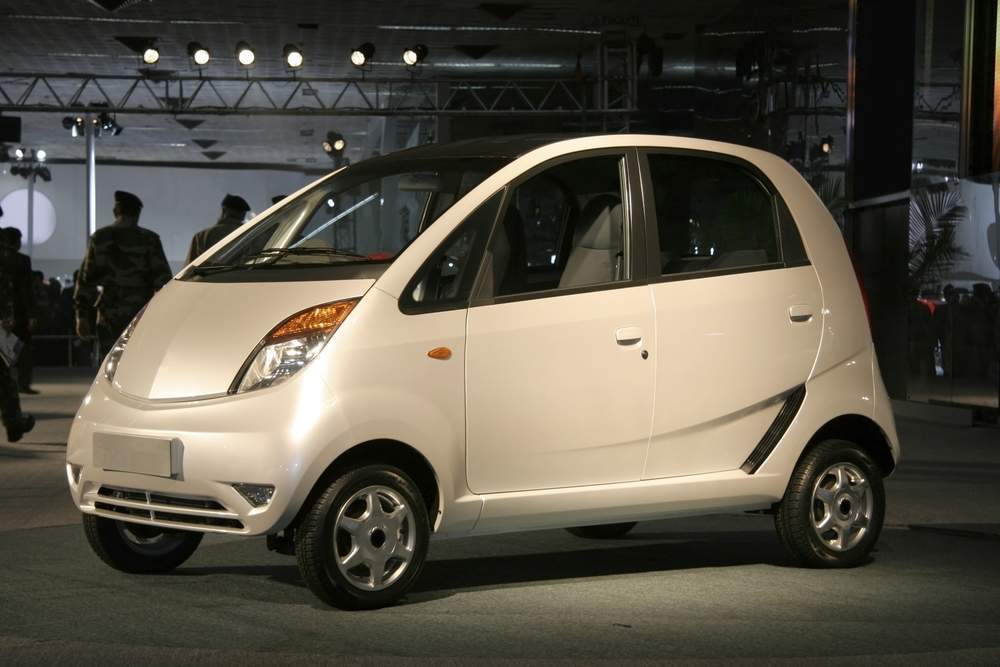
Tata has ceased production of the Nano as marketing errors and a poor safety record failed to entice consumers.
In 2009 Tata Motors launched its milestone Nano car brand, marketed as the cheapest car in the world. This ultimately caused interest in the car to fail as an increasingly brand conscious Indian middle class snubbed the Nano in favor of more high end brands.
Concerns over safety also intensified over the years which also reduced demand amongst lower income segments.
Despite initial optimism from Indian buyers who pre-ordered 200,000 units of the Nano, sales after the car’s launch were far below Tata’s expectations. In November 2010 the company sold just 509 Nano’s.
By June 2018 this figure had fallen down to a mere three forcing the company to stop production.
Poor marketing strategy alienated both lower and higher income segments
The major portion of blame for the Nano’s failure can be sourced back to Tata’s poor marketing strategy which had the Nano doomed upon its release. In early 2008 when the Nano was first unveiled to the public, the Nielsen Global Luxury Brands Study had ranked Indians as the third most brand-conscious people around the world.
How well do you really know your competitors?
Access the most comprehensive Company Profiles on the market, powered by GlobalData. Save hours of research. Gain competitive edge.

Thank you!
Your download email will arrive shortly
Not ready to buy yet? Download a free sample
We are confident about the unique quality of our Company Profiles. However, we want you to make the most beneficial decision for your business, so we offer a free sample that you can download by submitting the below form
By GlobalDataFor Tata to then go ahead and introduce a car to the Indian market using the label “cheapest car in the world” was a major mistake.
The fast growing urban middle class in India today increasingly possesses the wealth to acquire products which will enhance their prestige as buyers. In such an environment marketing a product as “cheap” reveals a deep miscalculation on the part of Tata Motors.
Tata realised too late that this was hurting its brand, and began to gradually raise the price with iterations such as the Nano Twist in January 2014. However, it still fell too cheap for affluent consumers and was in a crowded market for the rest.
Strong competition is another reason why the Nano did not take off the way Tata expected it to.
The presence of well-known brands such as Suzuki Maruti, which also sells affordable vehicles in India goes some way in explaining the Nano’s lack of success.
According to MarketLine data, Suzuki Maruti’s market share in 2017 in car manufacturing is 46.3%, with Tata a distant third behind Hyundai.
Poor safety record further damaged the product
The fact that at least six Nanos caught fire also impacted the car’s reputation with potential customers.
Instead, lower income segments opted for other competitors in the budget segment with better safety records.
The Global New Car Assessment Programme (Ncap) awarded the Nano zero safety stars in a 2014 test, creating further safety concerns about the car.





Related Company Profiles
Tata Motors Ltd